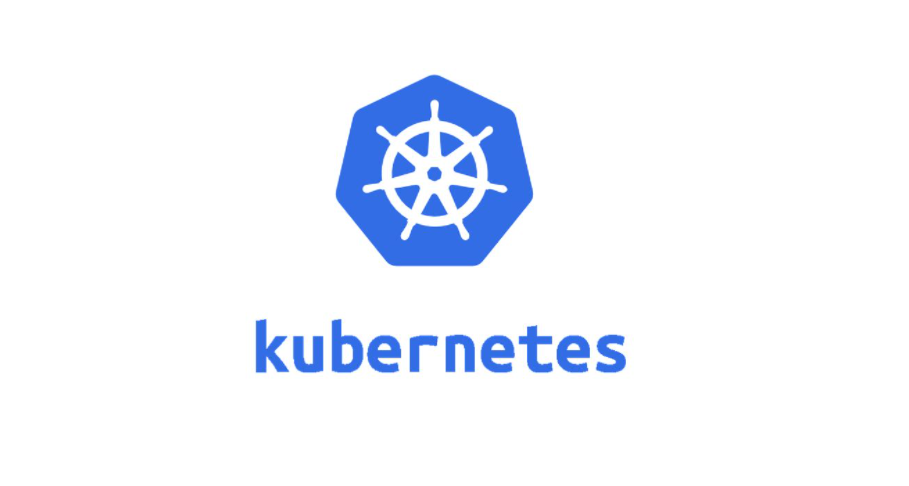自定义Endpoint资源可以将集群外部的服务如mysql、zookeeper,引入到集群内来。这种集群外的服务除非使用service的externalName,否则用Service来引入是不合适的,因为他不会自动创建出endpoint,也没有标签来选择集群外部的服务。
我们可以直接在集群上创建一个endpoint资源,为endpoint资源指定端点为集群外部的资源,前提是endpoint资源能和集群外部资源通信。在endpoint之上人为的创建一个Service资源。当客户端访问Service时就相当于访问到集群外部的服务。
手动创建的endpoint存在缺点,缺点在于手动创建的endpoint无法进行就绪状态检测。如果需要将某个端点定义为未就绪状态,则需要手动修改配置清单并重新应用。
Endpoint资源使用格式
1
2
3
4
5
6
7
8
9
10
11
12
13
14
15
16
17
18
19
20
21
22
23
24
| apiVersion: v1
kind: Endpoint
metadata:
name:
namespace:
subsets:
- addresses:
- hostname <string>
ip <string>
nodeName <string>
targetRef:
apiVersion <string>
kind <string>
name <string>
namespace <string>
fieldPath <string>
uid <string>
notReadyAddresses:
ports:
- name <string>
port <integer>
protocol <string>
appProtocol <string>
|
Endpoint资源清单示例
1
2
3
4
5
6
7
8
9
10
11
12
13
14
15
16
17
18
19
20
21
22
23
24
25
26
27
28
| apiVersion: v1
kind: Endpoints
metadata:
name: mysql-external
namespace: default
subsets:
- addresses:
- ip: 172.16.11.51
- ip: 172.16.11.52
ports:
- name: mysql
port: 3306
protocol: TCP
notReadyAddresses:
- ip: 172.16.11.53
---
apiVersion: v1
kind: Service
metadata:
name: mysql-external
namespace: default
spec:
type: ClusterIP
ports:
- name: mysql
port: 3306
targetPort: 3306
protocol: TCP
|

